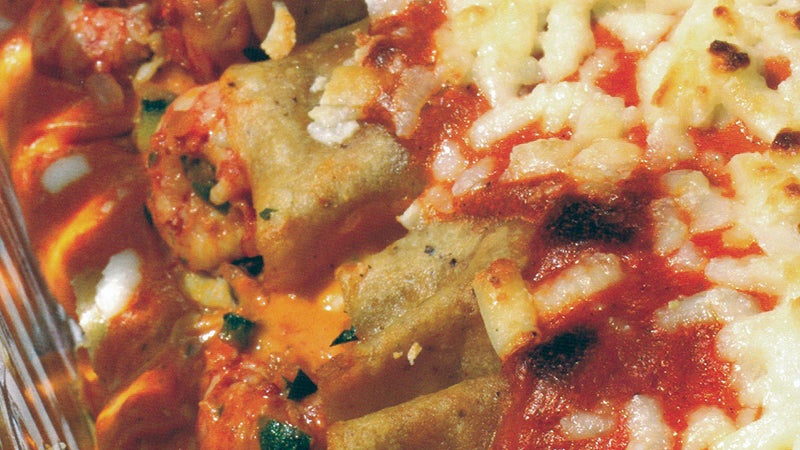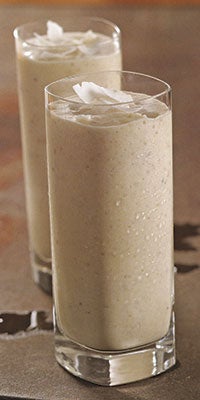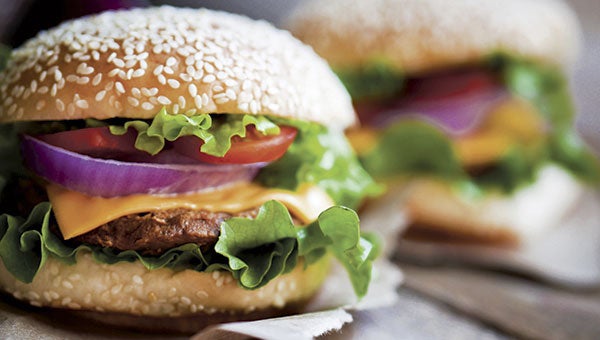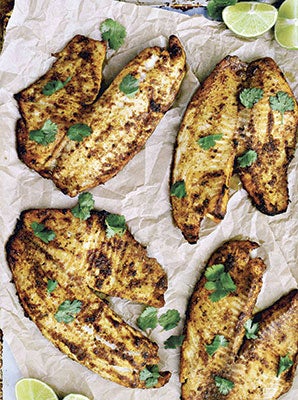It was a jolly good time, jolly good food
Published 12:00 am Saturday, August 28, 2010
My husband and I have just returned from a trip to England and Scotland. The English part of the trip was a seminar, “Life, Love, Politics and Power in the English Country House,” at Queen’s College, Oxford. As we all introduced ourselves the first day, one lady said she wanted to add it to her obituary. I guess I am now an alumna of Oxford University, too.
Queen’s is just one of the 38 colleges that make up Oxford University. Its charter was granted by King Edward III on Jan. 18, 1341; license was given to Robert of Eglesfield to construct a collegiate hall “under the name of the Hall of the Queen’s scholars of Oxford.” He was establishing a home where a provost and 12 scholars, or soci (fellows), might study theology. His plan was made on a grand scale, grander than any earlier college. The fellows were to be served by chaplains and by poor boys educated by informatores, who were to supply choristers for the divine offices. The college was also to be a center of charity; thick pea-soup was to be distributed at its gates, and indigent persons (blind, deaf, dumb and others) were to be entertained daily in its hall. The college building mimics the early English Country House where the extended family of the Lord, from 50 to 150 people, eat in the great hall with the Lord and other important people eating at the head table. Much food is served first to the Lord and when all have had their fill, the remains are fed to the poor at the gate. We ate “in hall” as do present and past students with the dons at the head table.
The present hall, library, chapel, and apartments of Queen’s date from the late 17th and early 18th centuries when the medieval college was replaced. The hall was dined in for the first time on May 24, 1715. We sat at long tables with benches and were served multiple courses by candlelight in the evening. Some early customs still remain: the college is still summoned to dinner by the sound of a trumpet (we weren’t). The college only quit brewing its own beer in the 20th century. We were told of the still celebrated “Boar’s Head Gaudy” when the boar’s head is paraded into the hall on Christmas. We stayed “in college” for the week. Our lodgings faced the back courtyard and date to about 1700. They still have their fireplaces, cabinets and paneling of that period, albeit now furnished with standard modern college dorm furniture. King Henry V attended Queens, but the most interesting fact I found was that one fellow, John Wyclif, had rooms in Queen’s from 1363 to 1365/6 and from 1374/5 to 1381. It was within the walls of Queen’s that he began to translate the Bible into English. (Bill Clinton studied at University College just across the High Street from Queen’s.)
My husband loves breakfast in England and has the full cooked English breakfast every morning: eggs (usually fried), link sausage and/or bacon (it’s ham to us but they also have streaky bacon like ours), baked tomatoes, sautéed mushrooms, fried toast (something Southerners don’t fry but you might want to try it), blood pudding (the best we had was in Scotland at Kinloch), kidneys may be on the menu but we didn’t have them this trip and maybe potatoes. There are jellies, jams and orange marmalade for your toast. You can have, if you must, fruit, yogurt, muesli or cereal. There is coffee and tea, of course, and orange juice. So, for some special weekend breakfast, give the full English breakfast a try. You won’t need lunch afterward.
Most meals were taken “in hall,” but we had a couple nights free, and we went to a couple of pubs. A pint of ale and usually steak and ale pie, served with potatoes and vegetables (usually insipid). We went to the Bear at the back of Christ Church, which dates from 1242 and is known for the many short pieces of ties on the walls. “Pubs are a ready-made party, a home away from home, a club anyone can join.”
We also went to the Turf. It was here, “allegedly, Bill Clinton didn’t inhale.”
And one of our favorites for a sweet afterward is Sticky Toffee Pudding. Sometimes served with ice cream, but I much prefer the big blob of double cream. This dark, rich, date-filled sponge, drenched in thick toffee sauce is not for the faint-hearted. It is a deep, very sweet pudding – delicious.
Sticky Toffee Pudding
8 oz cooking dates, stoned and chopped small
6 fl oz boiling water
1 tsp vanilla extract
6 oz self-rising flour
1 tsp bicarbonate of soda
2 large, fresh eggs, lightly beaten
3 oz butter, softened, extra for greasing
5 oz demerara sugar (could use light brown sugar)
2 tbsp black treacle (can use molasses)
3 ½ fl oz milk
Sauce:
6 oz muscovado sugar (can be found in specialty stores and Whole Foods)
2 oz butter, cut into pieces
8 oz heavy/double cream
1 tbsp black treacle (molasses)
Preheat the oven to 325 degrees.
Butter 6, 7-fl/oz individual pudding tins and dust them lightly with flour.
Put the chopped dates into a large glass bowl, cover with boiling water and leave for 20 minutes to swell and soften.
Add the vanilla extract. Sieve the flour and bicarbonate of soda into a large baking bowl.
In another baking bowl, cream the butter and sugar together until light and creamy, don’t worry about grains of sugar, they will melt during cooking. Little by little, add the beaten eggs, mixing really well between additions. Add the black treacle (molasses) and beat well.
Using a large metal spoon carefully fold in one third of the flour, carefully stir in one-third of the milk. Repeat until all the flour and milk are used up.
Add the soaked, chopped dates and stir gently. The pudding mixture will resemble a thick batter.
Divide the mixture between the six pudding tins, place on a baking sheet and bake in a preheated oven for 20-25 minutes until raised and firm to the touch.
Make the Sauce:
Over a medium heat, melt the butter, sugar and half the cream in a saucepan. Raise the heat slightly and bring to a boil stirring constantly until all the sugar has dissolved. Add the treacle (molasses) and allow the sauce to bubble for 2 minutes. Remove from the heat and leave to cool for 1 minute then stir in the remaining cream.
Loosen the puddings from the tin with a small knife, then turn out onto warm individual serving dishes, and drizzle generous amounts of sauce over each pudding.
Serve with custard or ice cream, or my favorite, a big dollop of double cream.
The puddings can be made a day or two in advance, placed in an ovenproof dish and drenched with the sauce. Cover the dish loosely with aluminium (the British spelling) foil and store until needed. Reheat for 20 minutes in a hot oven, 325 degrees, or until the
sauce is bubbling nicely.
****
Next week we go to Scotland and really cool weather. There was a fire in the fireplace and the heat on – in August, no less.






